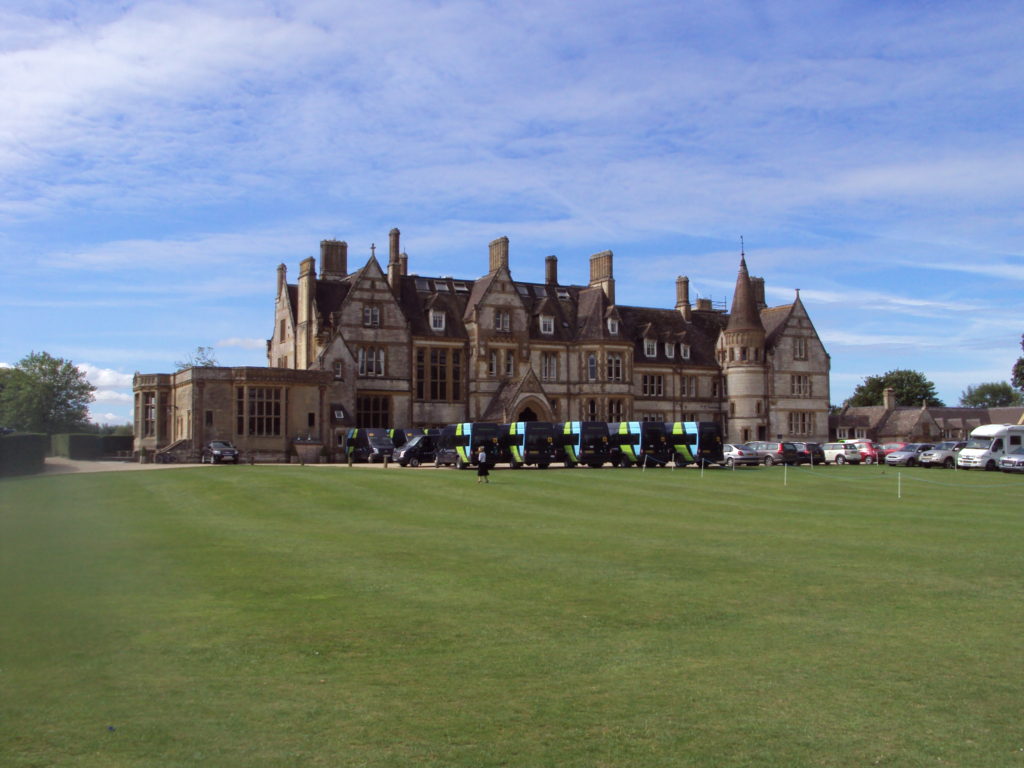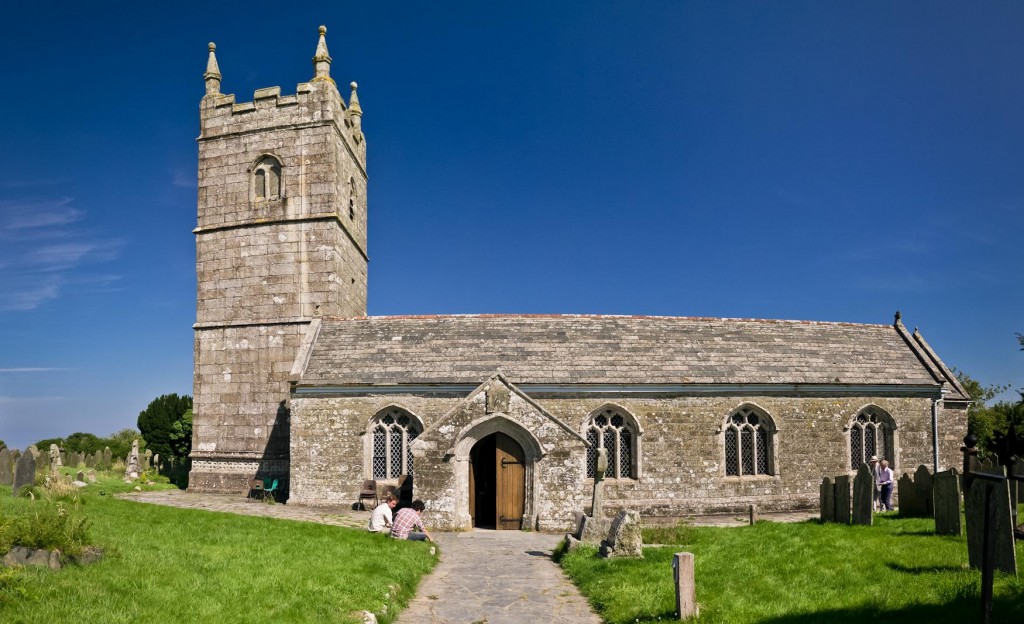
The ability to reflect on and examine relationships in my life as a priest has, I trust, improved with age. Understanding difficult relationships with former colleagues has become much easier with the passing of time and the access to new insights. No one thought to teach us at college anything about the hazards of working with a training incumbent (TI) – the difficulties of maintaining a smooth relationship with the individual who has an entire career in their hands. I had two difficult relationships with TIs. The first was a work-weary priest of 71 who was desperately in need of a senior curate who would lift some of the burden of parish routine from his shoulders. He was not impressed when all that was on offer was me, a newly ordained deacon. At that point I could do none of the routine parish duties like baptisms, confirmation and marriage preparation. I lasted seven months before my misery reached the ears of the diocesan authorities and I was allowed to move to another parish in the diocese. In the time I served in this first parish, I had only seen the TI three times to talk about my training in the parish. When I mention that he used to make appointments for wedding couples for 10 pm in the evening, it might convey how utterly unprepared he was to make time for the important role of nurturing and encouraging a new deacon.
My second TI was an improvement in many respects since he found time for me. He also entrusted me with the range of parish responsibilities so that, at the end of three years, I could be said to be ready for independent responsibility. But there were problems designed to make sure that I was not allowed to escape the stress of being a curate, under someone else’s control. Looking back over fifty years I can see that a main stumbling block that existed was the TI’s jealousy of me. He was unhappily married, and the effect of this spilled over into all his relationships. I was then single and somehow he resented that I was not also caught up in an unhappy relationship. The accommodation provided were two rooms in the Vicarage and I shared a meal with the Vicar and his wife every day. His overall unhappiness caused him also to have a volatile temper with occasional outbursts of volcanic anger. To add to my sense of claustrophobia and overexposure to this priest, I had no access to an independent telephone. Few parishioners were able to contact me this way. Those who attempted it had to pass though the TI. I had to tell people not to ring me since it was so complicated and stressful receiving phone calls.
At the end of my time in what was effectively my first curacy, I knew I needed time out from parish stress. With the help of savings and grants, I went back to university to do two years full time research on a theme related to Eastern Orthodox studies. Eventually, after a second curacy, I found myself as an independent incumbent in a parish in Herefordshire with three churches. After my highly stressful period as a curate, I revelled in the independence that I now had. Working closely with other clergy had been fraught at best and totally destructive at worst. But there was a new aspect to my work and relationships with fellow clergy. The Deanery chapter actually functioned fairly well. Having our own areas of responsibility meant that we were never a threat to one another. When we worked together, we knew that, if things got tense, we could retreat back to our patch and remain unscarred by whatever tension had flared up.
Since ‘escaping’ from the volatile atmosphere of being a curate all those years ago, I have often reflected on the topic of how clergy can work together successfully. Although my own curate experiences were difficult, I can see that there is no reason why the TI/curate relationship should not work well. As long as the TI has a level of self-insight and is prepared to enter imaginatively into the curate’s role, the experience should be a rewarding one for both sides. The interaction must, however, never be assumed to be straightforward. Both sides need to submit to external supervision to avoid the stresses that I and many (most?) other curates in the past have had to endure. For those who work in team ministries or the newly invented mission teams, a different set of skills is required. Here clergy are almost randomly thrust together in a theoretical position of equality. They bring their churchmanship preferences, their personal traits and their possibly unresolved psychological wounds from the past into the mix. Do we really expect them to find mutual support and peaceful cooperation in such groupings?
The role of the Anglican priest is one that attracts individuals to its ranks with a variety of personal profiles. Although all potential candidates are now screened psychologically, that has not stopped some slipping through the system with less than honourable reasons for seeking ordination. Some of these will involve a desire for social status with a perception that to be a clergyperson will boost a flagging self-esteem. To put it bluntly, the clerical profession is attractive to someone high on the narcissism spectrum. Such a person will be using every opportunity to self-promote and enjoy the trappings of privilege and power without caring for the rights and sensitivities of others. If a clergy group has to work with someone fitting this profile, it is hard to see how this group will be able ever to function successfully as a team. There will be a great deal of stress for everyone. The profile of narcissism among church leaders is one that I have often mentioned on this blog. Narcissism typically combines a fragile core personality with a striving for power and status. The narcissist will be skilled at manipulating others and do everything required to fulfil a desire to be always at the centre of attention. If a narcissist with this profile takes control in a team or group situation, that will make the situation virtually impossible.
A useful online discussion on narcissism that I came across yesterday, mentioned five factors about narcissism that fatally undermine relationships. I have reworded these points to allow them to apply to failures in team working where narcissism is present in a leader. Narcissism in any relationship will destroy it very quickly. Teams which have the misfortune of coming under narcissistic leadership also have little chance of successful working.
- The heightened core vulnerability of the leader with narcissism would induce a sense in the team of permanently walking on eggshells.
- The team members would be terrified of disagreeing with the leader.
- The miasma of fear in the group would repress spontaneity (and humour!).
- The forceful imposing of the of the will of the narcissistic leader would be corrosive on the sense of individual boundaries. Individual identities are supressed by the forcefulness of the narcissist.
- The narcissism of the leader creates permanent tension lest the team members have to witness periodic outbursts of narcissistic rage.
Team working in the Church of England has had a chequered history. I have attempted to locate a good example of successful team working but have so far failed. Team ministries that were so ubiquitous twenty years ago seem to have quietly gone out of fashion. Perhaps someone reading this will loudly tells us that the Team Ministry concept was a brilliant idea, and that clergy were and are extremely happy to work in one. Apparent teams seem to exist in many large conservative churches in our cities. Here the church can afford to pay for large numbers of assistant clergy. Young evangelical clergy appear desperate to be appointed to one of these flagship churches. Sometimes they can remain there as curates for up to fifteen years. They are unwilling to serve in any church outside this culture, so they quietly wait their turn to take over the running one of these important churches when a vacancy comes round. Some will compromise and accept appointment to another less prestigious church within the conservative network. The flagship churches with this profile, employing large numbers of clerical staff, are not strictly teams in a practical or legal sense. The assistant clergy remain technically and functionally assistant curates. The pattern for teams in the wider C of E work with team rectors and team vicars. This scheme first appeared in the 60s. The aim was to create a team parish incorporating several churches and parishes. These parishes might have a variety of traditions, but team staff would be expected to work right across the whole area. There was the expectation that this way of working would be preferred by those who had traditionally operated alone. It was thought that clergy needed the support of their peers to operate happily in the parochial setting.
Today we still have clusters of churches which call themselves teams, but they seem still to retain much of the old territorialism of the past. In other words, there may have been a change of name but the fundamental preference for neighbourhood-based churches remains alive and well in people’s expectations. Also, the bulk of clergy would appear to prefer to work a defined ‘patch’ which is in some sense theirs. Such territorialism is extremely tenaciously held by most clergy, and they are loath to surrender it to any new pattern. A sense of belonging to a place is also strong among the laity. They want, even need, to identify with a particular clergy person who acts as their vicar. They will simply give up if the areas of clerical responsibility become so large and diffuse that clergy and laypeople can no longer regard it in any sense as theirs.
Clergy have hitherto not been known for their skill at being part of genuine teams. There are many things that get in the way of easy working relationships – theological outlook, temperament, personal insecurities and ambition. For the Church of England to be requiring so many clergy to work in structures that defy tradition and clerical temperament, is risky in the extreme. Over the course of my ministry, I have watched clergy facing appalling stressful situations, caused by often having to work in toxic proximity to other clergy with problematic profiles. For a team to have a sporting chance of working, you need every member of the team to have a extremely healthy psychological make-up where narcissism is completely absent. That would appear to be a tall order. As far as I know, no one has studied the way that clergy seem to have long ministries when they are given independent responsibility. Conversely, they appear far less happy when they are forced to operate in structures that deny them any ownership of their working environment. Mission teams may look fine on paper, but, when they are strictly implemented, they will likely cause high stress and unhappiness within the Church as a whole. That cost will be hard to bear.







